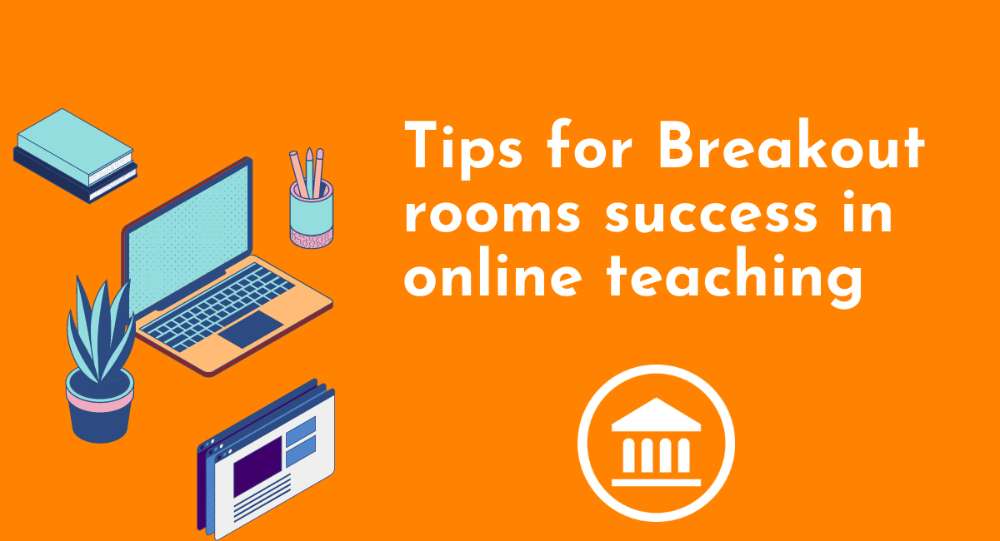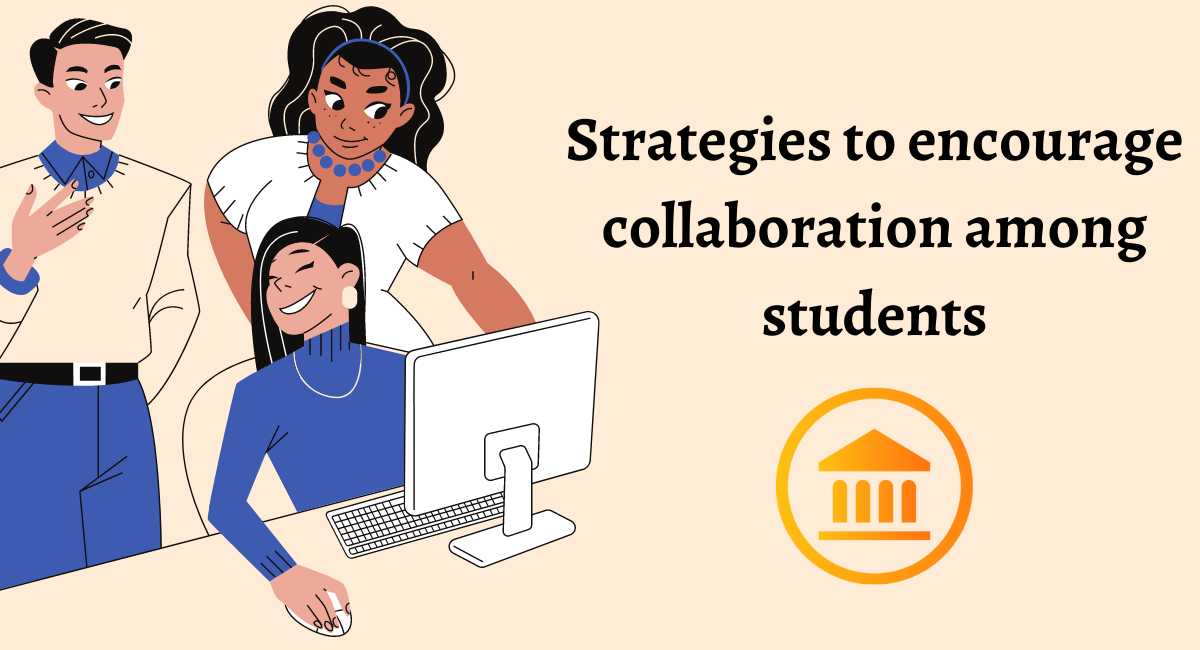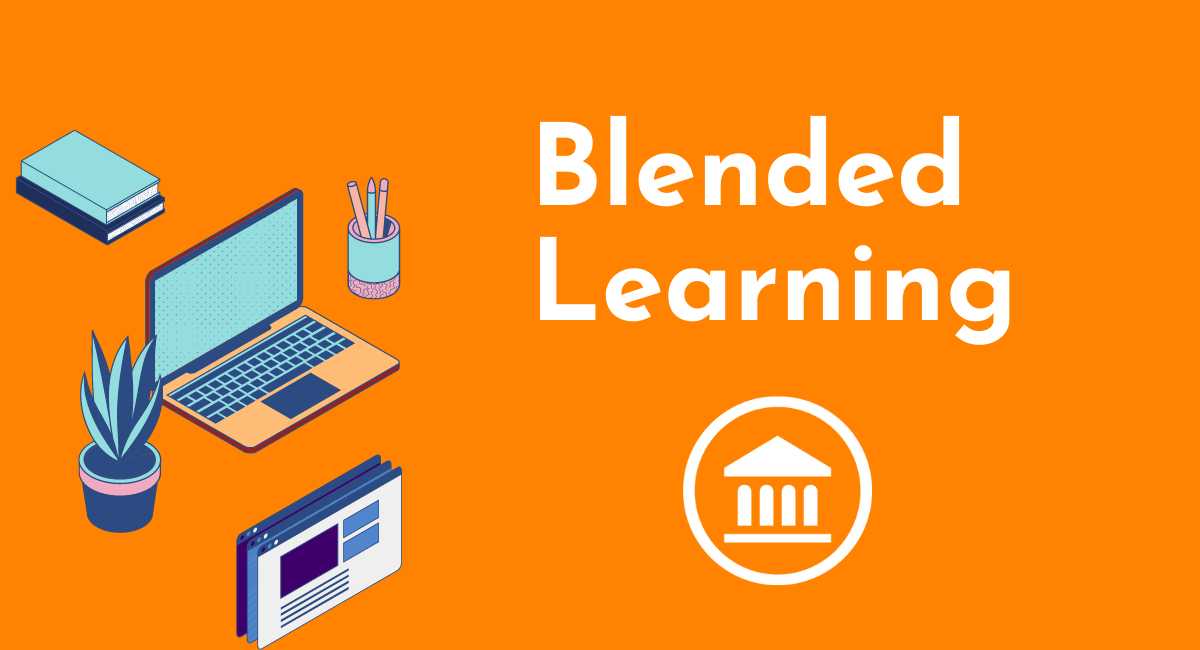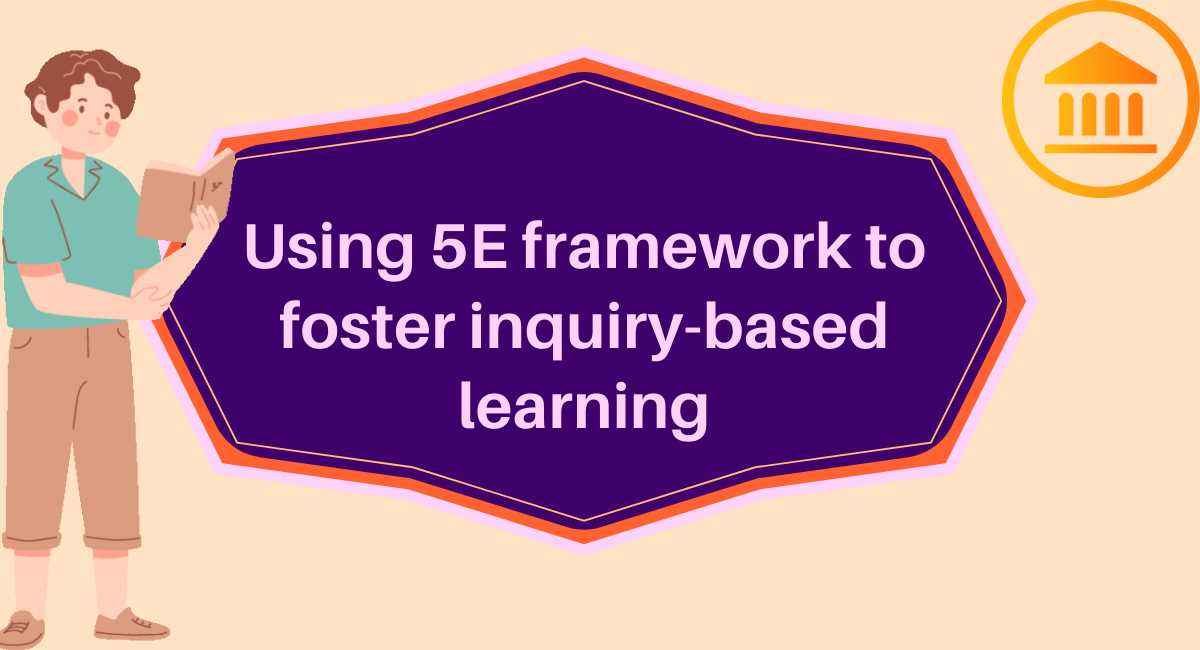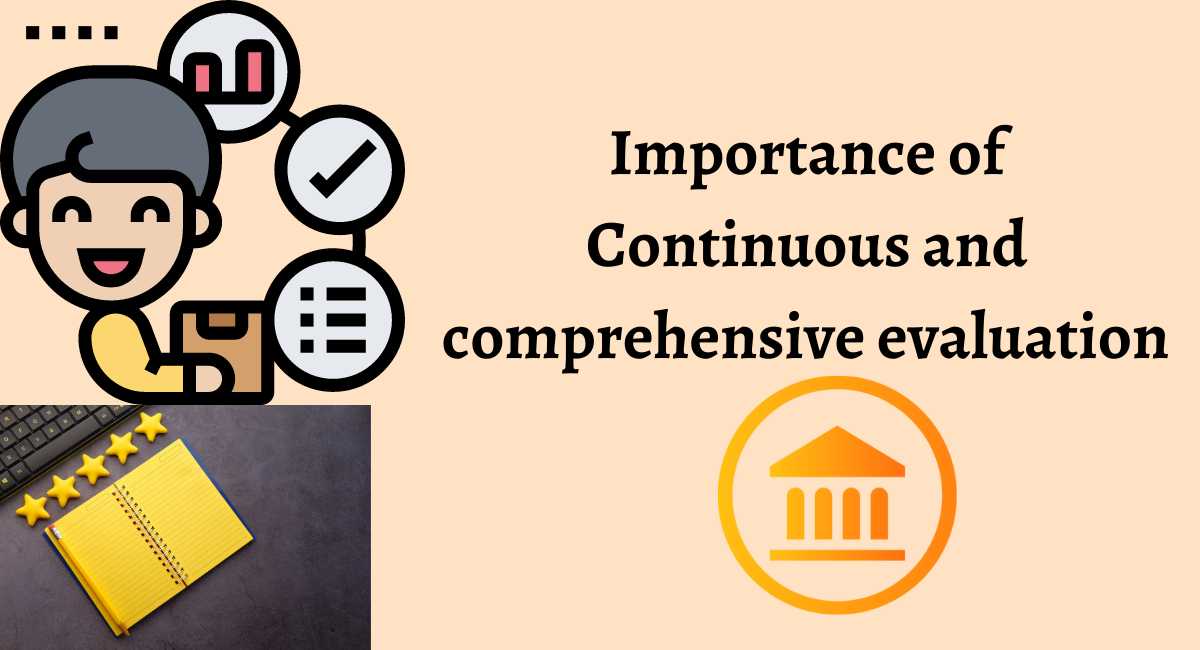A portfolio is a collection of students’ work. A portfolio can demonstrate learning and can be used as an effective assessment tool. The portfolio can vary in complexity from a simple collection of teacher-identified student assignments to student-driven work demonstrating mastery over the content. Portfolios can be completed as a short-term project in the duration of the assignment is done or a comprehensive one that spans over the academic year. Portfolios can help teachers monitor student progress, strengths, and weaknesses. It can help teachers determine whether students can apply what they have learned to new problems and different subject areas and daily life. A student portfolio can help:
· Students feel proud of their achievements
· Provides students an opportunity for self-reflection
· Provides students to learn goal setting and planning
· Increases home-school communication
· Provides rich information on students’ dispositions, strengths, weaknesses, and areas of improvement.
· It can also help students take ownership of their learning.
Some key points you can consider about portfolios are:
1. Provide students clear guidelines that talk about the rubric that will be used to assess student portfolios. The rubric should guide the development of the portfolio and clearly define how points will be awarded for the grade.
2. If all the students in class maintain consistency on the type of portfolio- digital/checklist/written/scrapbook – it will ease the evaluation process.
3. Include self-reflection: The portfolios should reflect the learning of the students and should motivate them to reflect on what they know, what they need to know, what is their strength, their weakness, etc. Such reflection allows students to express their thoughts more clearly and makes them accountable for their learning.
4. Teachers should provide students the opportunities to present their portfolios to peers, parents, and other stakeholders at the end of the academic year to help them develop oral communication skills and showcase their learning.
5. There should be variety in things that should be included in portfolios so that it caters to students with all types of intelligences and learning modes. Some things that can be included in the portfolios are:
· Samples of work from each subject area
· Writing samples including plans and draft copies
· Open-ended tasks description, experience, and learning
· Student self-reflection
· Photographs to capture positive learning experiences such as group work
· Goals and targets
· Summative assessment pieces (optional).
· Awards and certificates.





